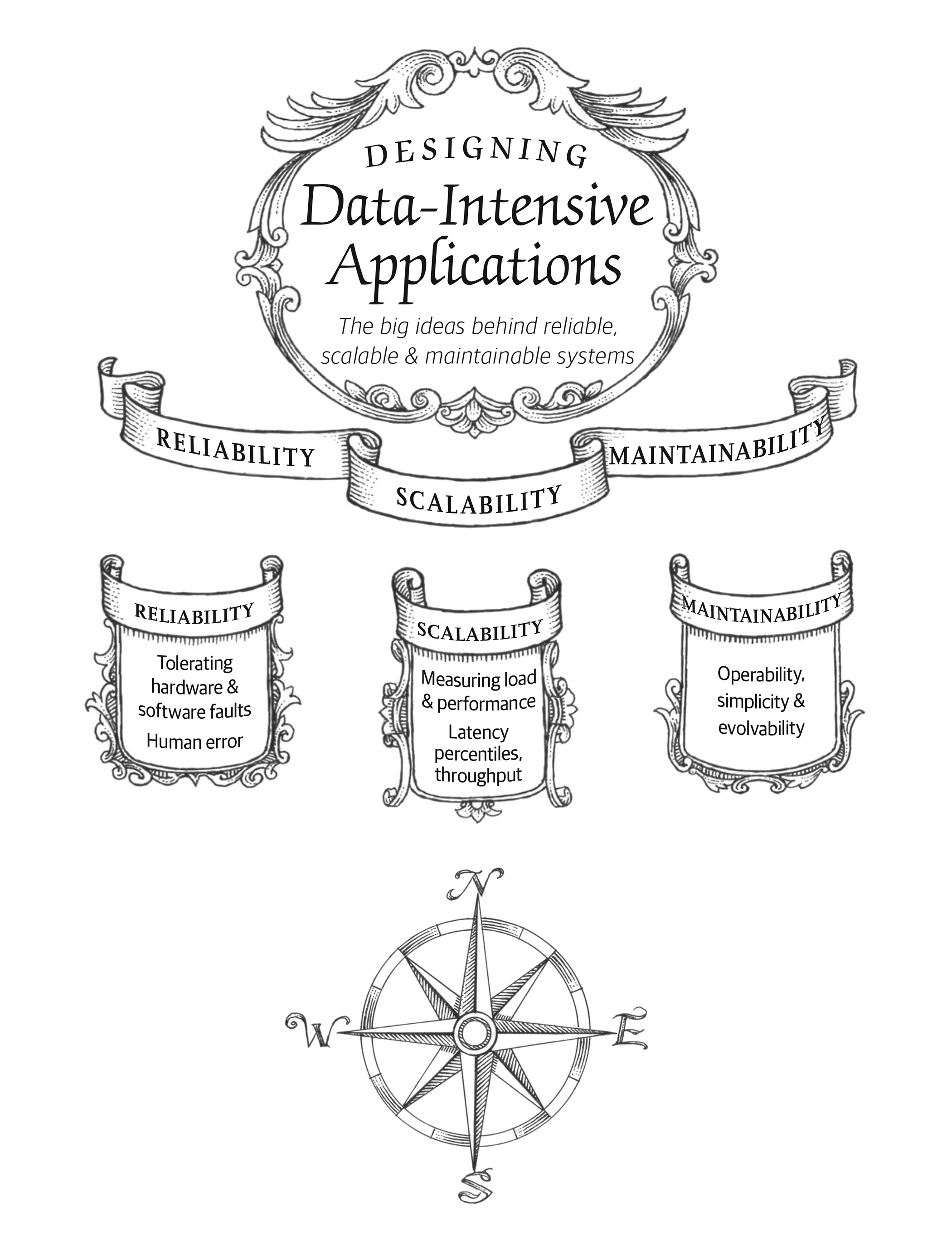Chapter 1. Reliable, Scalable, and Maintainable Applications
The Internet was done so well that most people think of it as a natural resource like the Pacific Ocean, rather than something that was man-made. When was the last time a technology with a scale like that was so error-free?
Alan Kay, in interview with Dr Dobb’s Journal (2012)

Many applications today are data-intensive, as opposed to compute-intensive. Raw CPU power is rarely a limiting factor for these applications—bigger problems are usually the amount of data, the complexity of data, and the speed at which it is changing.
A data-intensive application is typically built from standard building blocks that provide commonly needed functionality. For example, many applications need to:
-
Store data so that they, or another application, can find it again later (databases)
-
Remember the result of an expensive operation, to speed up reads (caches)
-
Allow users to search data by keyword or filter it in various ways (search indexes)
-
Send a message to another process, to be handled asynchronously (stream processing)
-
Periodically crunch a large amount of accumulated data (batch processing)
If that sounds painfully obvious, that’s just because these data systems are such a successful abstraction: we use them all the time without thinking too much. When building an application, most engineers wouldn’t dream of writing ...